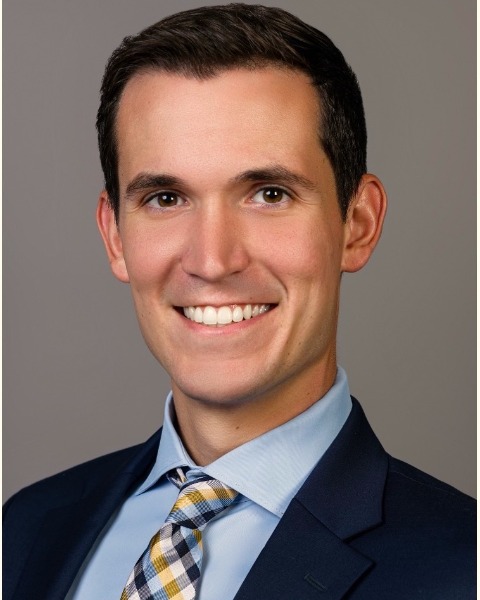General IR
Initial Experience with IR-PEER: A Novel Platform for Peer Learning and Complication Reporting in Interventional Radiology

John C. Panagides, BS (he/him/his)
Medical Student
Harvard Medical SchoolDisclosure(s): No financial relationships to disclose
- EA
Emily Achuck, BS
Research Assistant
Massachusetts General Hospital - KH
Kayesha Hancel, BS
Research Assistant
Massachusetts General Hospital - RS
Robert Sheridan, MD
Attending Surgeon and Professor
Massachusetts General Hospital 
Sanjeeva P. Kalva, MBBS, MD, RPVI, FSIR, FCIRSE, FACR (he/him/his)
Professor
Massachusetts General Hospital- MS
Matthew Schenker, MD
Chief, Division of Angiography and Interventional Radiology
Brigham and Women's Hospital - SS
Sanjay Saini, MD
Professor of Radiology, Harvard Medical School
Massachusetts General Hospital 
Daniel I. Glazer, MD (he/him/his)
Assistant Professor of Radiology, Harvard Medical School
Brigham and Women's Hospital- RK
Ramin Khorasani, MD, MPH
Vice Chair, Department of Radiology
Massachusetts General Hospital - DD
Dania Daye, MD, PhD
Clinical Professor
Massachusetts General Hospital
Presenting Author(s)
Author/Co-author(s)
The ability of peer learning models to capture complications and learning opportunities has not been widely evaluated in interventional radiology (IR). The purpose of this study was to evaluate the initial experience following the design and implementation of a new peer learning platform in IR at our tertiary care center.
Materials and Methods:
In April 2022, an anonymous, HIPAA-compliant, peer-protected, two-part online peer learning platform was implemented in the IR division. The first part was open to all clinical role groups (captured all peer learning events), and a second part was limited to physicians/advanced practice providers (APP) (captured detailed SIR Adverse Event classification). Mean 10-point Likert survey item results were compared in aggregate between pre/post-survey (administered after 12 weeks) by questions and stratified by care team role. Statistical significance was assessed using the Mann-Whitney U test.
Results:
92 peer learning submissions were collected during the 22-week study period (mean 4.1±0.6 reports/week), with 62.5% of submissions reporting a complication/adverse event and 37.5% reporting a learning opportunity (no complication/adverse event). 26 additional cases (22% of total responses) were submitted for further discussion at the peer learning morbidity and mortality review sessions. 68 and 42 distinct responses were obtained in the pre/post-intervention survey, respectively. Respondents were more likely to indicate that it is easy to report a complication post-implementation compared to prior (p=0.02). The most frequently reported learning opportunity involved improving communication and care coordination (37.5% of reported learning opportunities). The two most important features identified by survey respondents were anonymous submission (84.1%) and simplicity of the reporting process (81.8%).
Conclusion:
The peer learning system successfully captured learning opportunities even without an associated adverse event. These opportunities would likely have been overlooked by traditional complication reporting frameworks. Continued monitoring and follow-up of user submissions is necessary to evaluate the efficacy, perception, and barriers to peer learning and complication reporting in clinical practice.

.jpg)
.png)
.png)
.jpg)
.png)
.png)
.png)
.jpg)
.png)